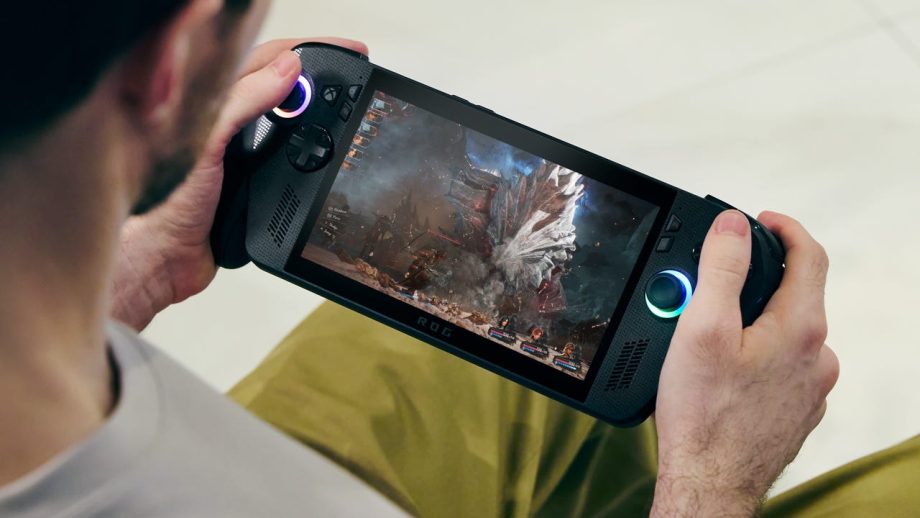We’re fresh off the release of the Xbox Ally X, and it doesn’t seem like handheld gaming PCs are going anywhere anytime soon. At least for me, handhelds have become my go-to way of playing my Steam – among other PC game stores – library when I’m not at my desk. In a lot of ways, these little devices have replaced much of what I used gaming laptops for, especially during a commute or a short trip.
This makes me wonder: why would you buy a gaming laptop in 2025 when PC gaming handhelds are getting more powerful and portable year after year? If all you’re looking for is an alternate device to play your games on the go, the prospects for gaming laptops seem to be thinning. However, now that handheld gaming PCs are getting more expensive, it’s once again getting harder to draw a clear line.
Handheld Gaming PCs Have Come a Long Way
Handheld gaming PCs aren’t a new thing. Depending on who you ask, you can trace the form factor back to 2010 with the Pandora – a Linux based handheld that wasn’t much larger than the Nintendo DS – but the Steam Deck is responsible for the explosion in more mainstream handheld PC devices these days. After all, it was affordable, and had a user experience that didn’t require you to be an expert to navigate.
In the roughly three years since the Steam Deck launched, it seems like every major computer manufacturer has jumped at the chance to craft its own handheld gaming machines. But because a company like Lenovo can’t subsidize its hardware costs with software sales like Valve can, these other devices have been more expensive than the Deck.
Regardless of which modern handheld you pick up, though, you can still play pretty much any game on it, as long as you temper your expectations when it comes to graphics quality. You don’t need to lug around a heavy gaming laptop just to get some time in Path of Exile 2 on the road.






